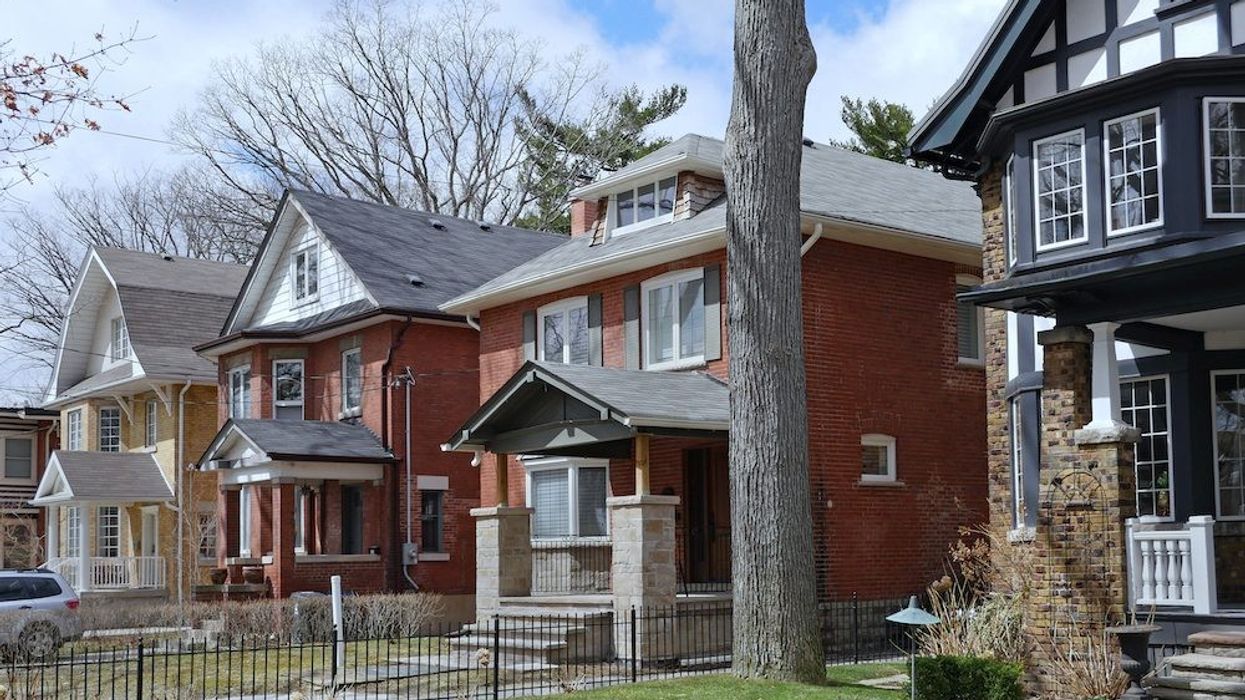Whatever your political persuasion, there is little denying that when it comes to Ontario’s housing market, Ontario’s Premier Ford just set the cat among the pigeons. In a good way.
The Conservative government’s Housing Affordability Task Force may have its genesis in the upcoming provincial election and a desire to appeal to voters who are frustrated by steadily increasing house prices. But Premier Ford has done something unusual in political circles: Providing a simple solution to a complex issue. In this case, he has called out the deep-rooted ambivalence of existing homeowners to increased housing density, something that could efficiently -- and fairly swiftly -- address the current 1.2-million home gap between demand and supply.
Among its 55 recommendations, the Task Force also threw a bone to developers by pushing for faster project approval times, reduced red tape, and less chatter. That addresses yet another practical reality: time is money. The longer the approval time for a project, the greater the number of variables that affect its economic feasibility. After all, the risks attached to changes in the shifting cost of capital, interest rates, demand, taxes, and other factors over several years of waiting for approval, ultimately get priced into the project -- and passed on directly to buyers. Over time, chronic uncertainty also becomes a disincentive to developers.
Read: ‘Absolutely the Right Decision”: Experts Weigh In On Housing Affordability Task Force Proposals
As it now stands, Toronto has one-quarter of the population density of other global centres. Regulations have long protected the "Yellow Belt,” a 200-square kilometer area of the city (70% of Toronto's residential area) designated exclusively for single-family residential dwellings. That has made it almost impossible to find creative housing solutions in Canada’s most populous and fast-growing city. In addition, the municipal TOCore plan, new heritage listings, and the downgrading of mixed-use areas to smaller developments, restricts the availability of suitable land to accommodate a growing population.
By contrast, Vancouver has acknowledged this urban challenge with the recent introduction of the Making Room Housing Program, which gradually increases density in prime residential areas. The focus is to provide first-time homebuyers with market access by allowing detached homes to be re-developed or converted into as many as six rental or condo units.
To be fair, the issue of density is a bit delicate. Residential real estate sits at the awkward intersection of hardwired human territorial instinct, economic aspiration, and an ever-shifting mix of social, public, and fiscal policy agendas. While many societies have a general acceptance of life-long home leasing and rental, an integral part of the North American dream is home ownership.
The resonance of this dream with both voters and future voters (specifically the immigrants the federal government hopes to attract) ensures that all three levels of government will continue to play a hands-on role in shaping housing markets.
That is where smart, strategic leadership can influence the status quo.
Addressing Housing’s Growing Gap
One way to proceed is a long-overdue review of the weak spots in Canada’s portfolios of urban housing. At the top of that list would be the “Missing Middle.” This is the growing gap between high-rise condos and detached, single-family homes, a middle ground of townhomes, low-rise multi-family buildings, laneway developments, triplexes and duplexes that are affordable and accessible to a larger group of people.
Creative development in this “middle” can introduce new renters and buyers to established neighbourhoods, bringing the vibrancy and diversity that gives cities their distinct character. It also allows those who can't afford expensive single-family detached homes to move into established communities and take advantage of the existing municipal amenities.
Encouraging New Types of Supply
Currently, there are very limited municipal incentives for developers to construct new, more affordable housing – especially the low-rise, multi-family buildings for which there is growing demand. In cities across the country, the same costs, approval timelines, regulatory requirements, and project cycles apply to lucrative high rise condo projects as to those lower-margin mid-rise structures.
Neither is there much encouragement for infill development, which entails re-purposing older residential or commercial structures and fully leveraging the existing infrastructure including public transit. By making it easier to acquire small plots of land and assemble them into a larger one, it creates the potential to increase mixed-use density and – in part because of the requirements for parks and public art -- revitalize entire neighbourhoods.
As federal budget consultations begin, affordable housing has already been tagged as a top priority -- as it is on the hustings in Ontario. Several big-ticket federal initiatives and programs are already in the works -- as they are in Ontario and other provinces as well. But if a journey of a thousand miles begins with a single step, there may be a chance that an honest conversation about the basic need for housing density -- and how to make it happen -- is that critical step.





















